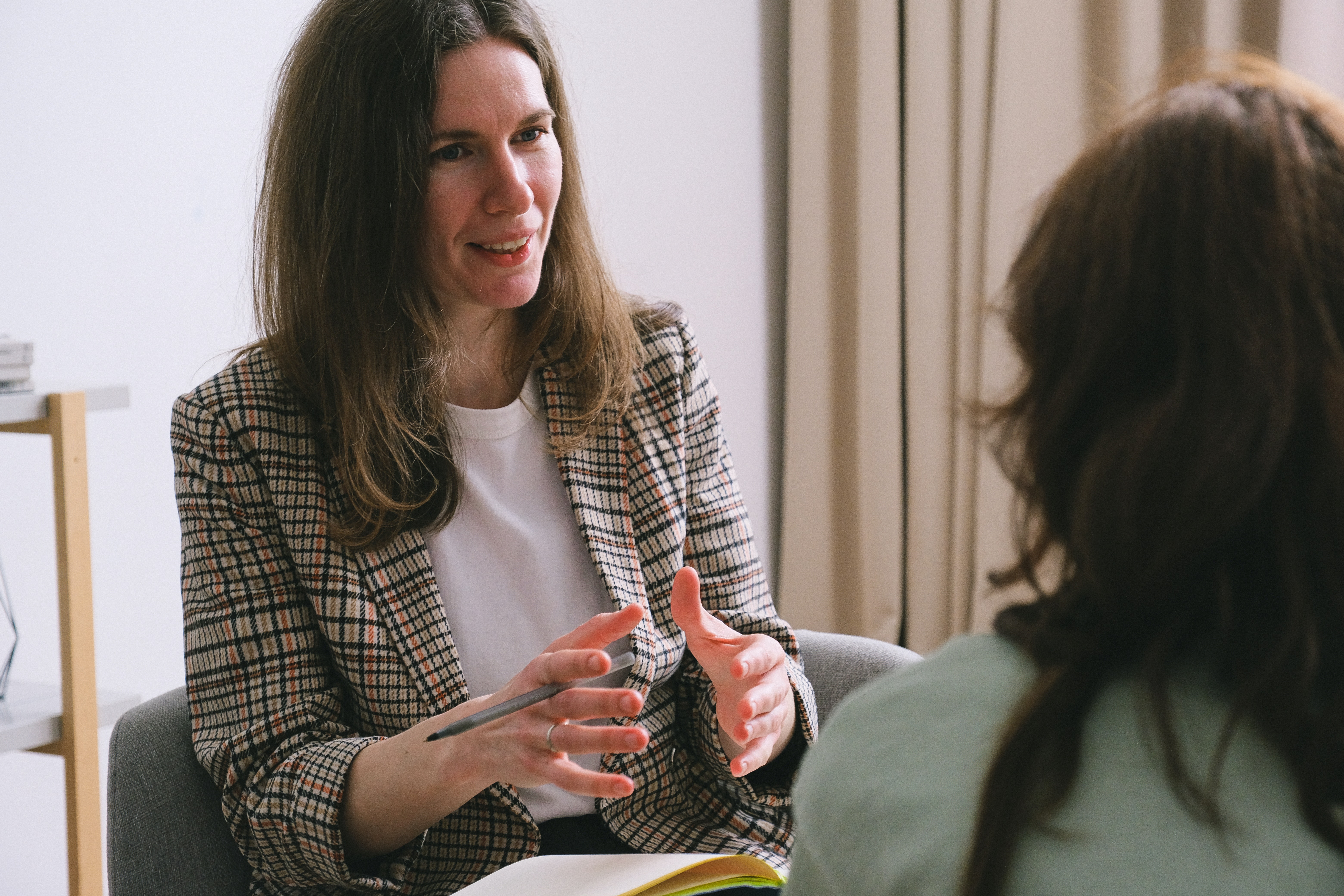
Nonviolent Communication is based on the principles of nonviolence, the natural state of compassion when no violence is present in the heart.
NVC begins by assuming that we are all compassionate by nature and that violent strategies, whether verbal or physical, are learned behaviors taught and supported by the prevailing culture. NVC also assumes we all share the same, basic human needs, and that each of our actions are a strategy to meet one of these needs.
• Spend some time each day quietly reflecting on how we would like to relate to ourselves and others.
• Remember that all human beings have the same needs.
• Check our intention to see if we are as interested in others getting their needs met as our own.
• When asking someone to do something, check first to see if we are making a request or a demand.
• Instead of saying what we DON’T want someone to do, say what we DO want the person to do.
• Instead of saying what we want someone to BE, say what action we’d like the person to take that will help the person be that way.
• Before agreeing or disagreeing with anyone’s opinions, try to tune in to what the person is feeling and needing.
• Instead of saying “No,” say what need of ours prevents us from saying “Yes.”
• If we are feeling upset, think about what need of ours is not being met, and what we could do to meet it, instead of thinking about what’s wrong with others or ourselves.
• Instead of praising someone who did something we like, express our gratitude by telling the person what need of ours that action met.
Pair Nonviolent Communication with listening like a therapist by active listening.
During our daily communication, most people are busy sorting out the meaning of what they heard while listening. Habitually, we tend to filter or add things when we listen, in order to form a quick opinion in our mind. These assumptions get in the way of communicating. As a result, what we heard often is slightly altered from what the other person said. However, therapists are able to actively prevent themselves from listening with assumptions. They are simply open and ready to receive everything said.

Listening isn’t just about the words. A lay person normally listens to obtain information while therapists listen to obtain much more. Besides the verbal content, the clinician will assess emotion and cognitive functioning style (from tuning into the client’s non-verbal expressions). The clinician will also listen to understand what’s not overtly expressed. By accurately capturing the slightest voice change, a therapist can detect client’s feelings changing and respond in a caring and supportive way. In other words, therapists listen with their entire senses to hear both verbal and non-verbal expressions. What is being said and how it’s expressed are equally important to the clinician.
This is probably the most common mistake in listening. We hear the first half of the sentence, and then we think we already know what this is about and start to think about what we want to say next. Multitasking in listening often causes the other person to feel unheard and disrespected. Therapists can just listen. They sometimes intentionally slow down the listening and responding process to help fully absorb clients’ expression, immersing into the client’s world to get full understanding. Also, by listening patiently and slowly, many clients start to learn to listen to themselves more.
United Family Healthcare
Website: shanghai.ufh.com.cn
Telephone: 400 639 3900